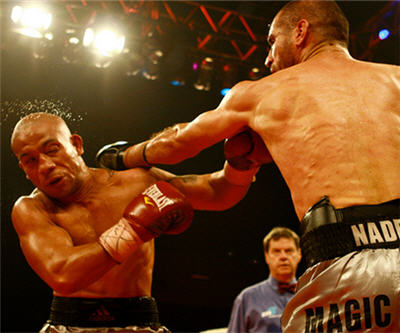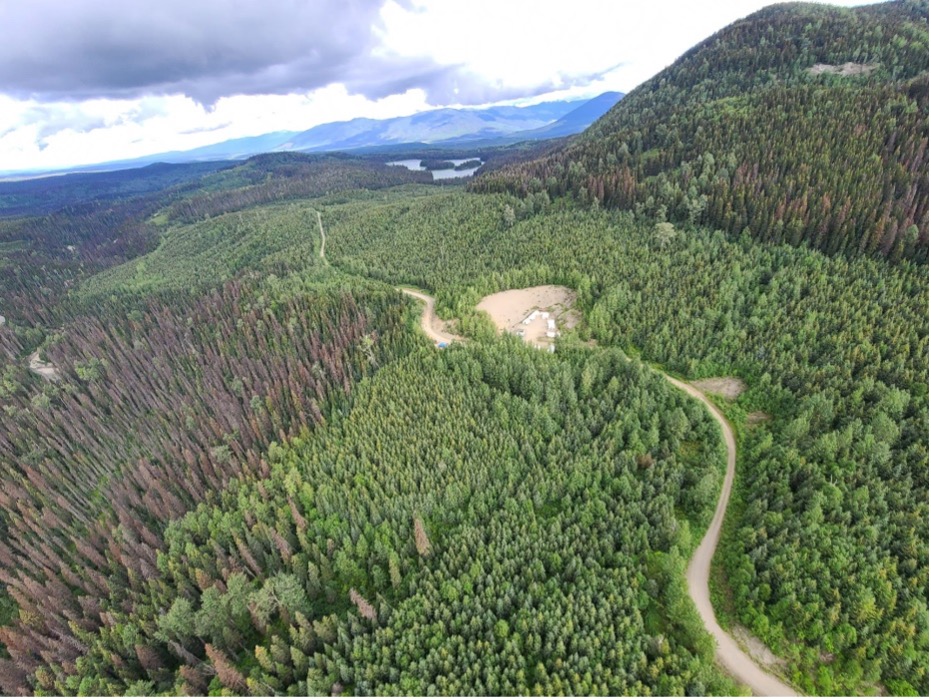Copper, iron ore miners take huge hits

Mining’s top companies were all marked down on Monday following dismal economic numbers from top commodities importer China and a sharp fall in two key commodities.
Data released over the weekend showed Chinese overall exports slid a stunning 18.1% year-on-year sparking fears that the slowdown in the world’s second largest economy is much worse than feared.
The price of copper dropped more than 1% in late New York trade, just short of crashing through the psychologically important $3.00 a pound level, following news that Chinese imports of copper fell 30% in February from the month before.
The red metal is down more than 9% since the start of the year.
The fall in the price of iron ore was more pronounced amid a crisis in the Chinese steel industry.
The steelmaking raw material plummeted 8.3% to the lowest since October 2012 after rumours of the collapse of a large mill sent shivers through the sector and plunge in imports of iron ore of more than 25 million tonnes in February.
The iron ore price of $104.70 is down just shy of 22% since the start of the year, according to data from the The Steel Index.
The other vital ingredient in the steelmaking process coking coal also fell, trading below $120 a tonne, compared to more than $160 a tonne this time last year.
China’s ferocious demand for iron ore has been a central feature of the global mining industry over the past decade and the driving force behind the spectacular profit growth at mining’s big three.
In recent earnings announcement number three producer BHP Billiton (LON:BHP), behind Vale (NYSE:VALE) and Rio Tinto (LON:RIO), said every $1 decline in the price of iron ore translates into a $120 million hit to the bottom line.
For copper, BHP said net after tax profits decline $25 million for every one US cent drop in the price.
The slide in copper and iron ore saw BHP Billiton’s ADRs trading in New York lose 2.7%. The $175 billion company with headquarters in Melbourne is down 5.8% in March.
Valuations of Rio Tinto and Brazil’s Vale, both of which are more exposed to iron ore than BHP, were also slashed with Rio losing 2% and Vale shedding 3.2%. The world’s largest iron ore miner is down 16% so far this year.
Combined, the globe’s biggest listed mining companies are worth some $340 billion.
Second tier players most exposed to iron ore really go hammered, with Australia’s Fortescue Metals Group (ASX:FMG) shedding 9.4% in Sydney, while Anglo-American unit Kumba Iron Ore’s ADRs (NYSE:KIROY) declined more than 6% in New York.
After staging a comeback of sorts in 2014 after years of dismal share price performance Anglo-American (LON:AAL) declined 2% in New York where it is now worth $33 billion.
Number four diversified miner Swiss-based Glencore Xstrata (LON:GLEN) curbed losses to 2.3% on the LSE. The $71 billion company is the world’s largest coal producer, but has minimal exposure to a fall in the iron ore price.
Copper and coal giant Canada’s Teck Resources gave up 2.5% on the Toronto Stock Exchange. The Vancouver-based miner is one of the worst performers this year; the counter is down 14% in 2014, giving it a market value of $12 billion.
Freeport-McMoran Copper & Gold (NYSE:FCX) declined 2.5% in New York on Monday, adding to market value losses in excess of 16% suffered so far this year.
The $32 billion company based in Phoenix has been punished this year thanks to punitive new export taxes on concentrates in Indonesia where it operates the massive Grasberg mine.
Freeport peer Southern Copper Corp (NYSE:SCCO) fell 3.5% in New York affording it a market value of $24 billion. The Peru and Mexico focused miner is down 2.5% year to date.
{{ commodity.name }}
{{ post.title }}
{{ post.date }}


Comments